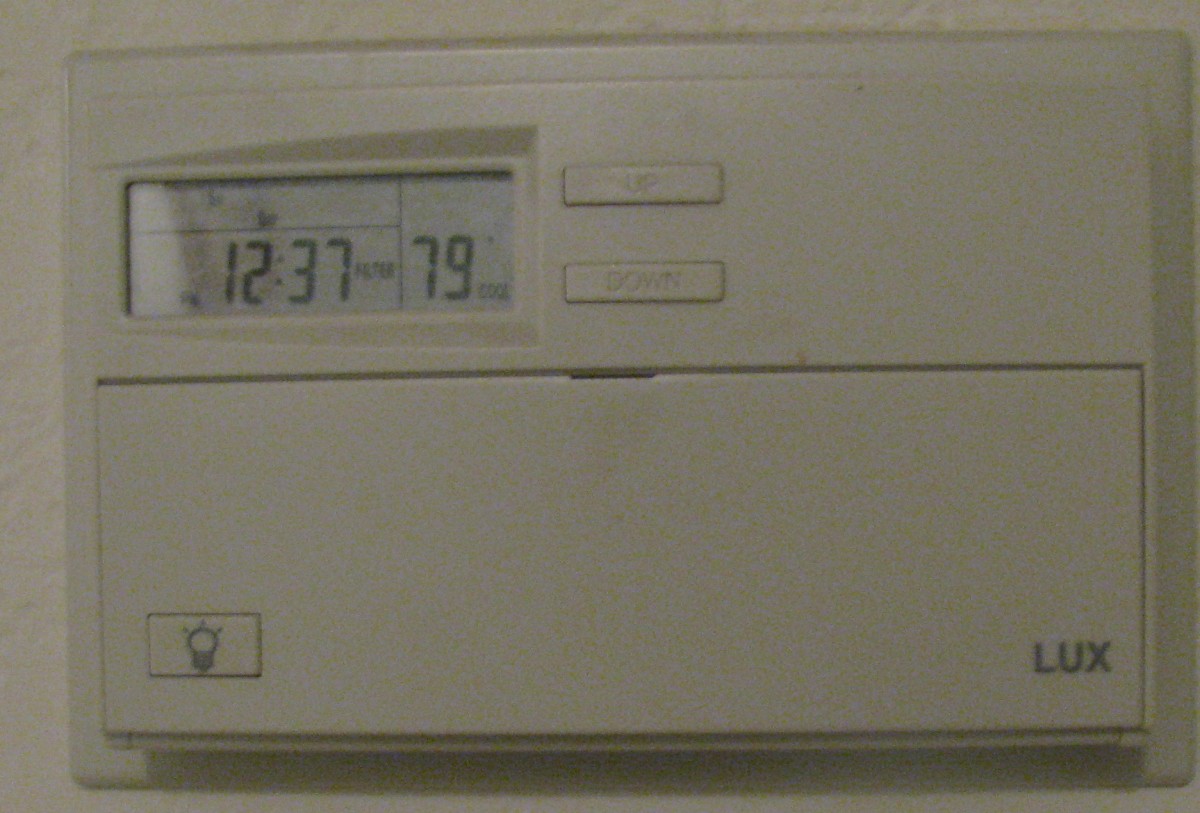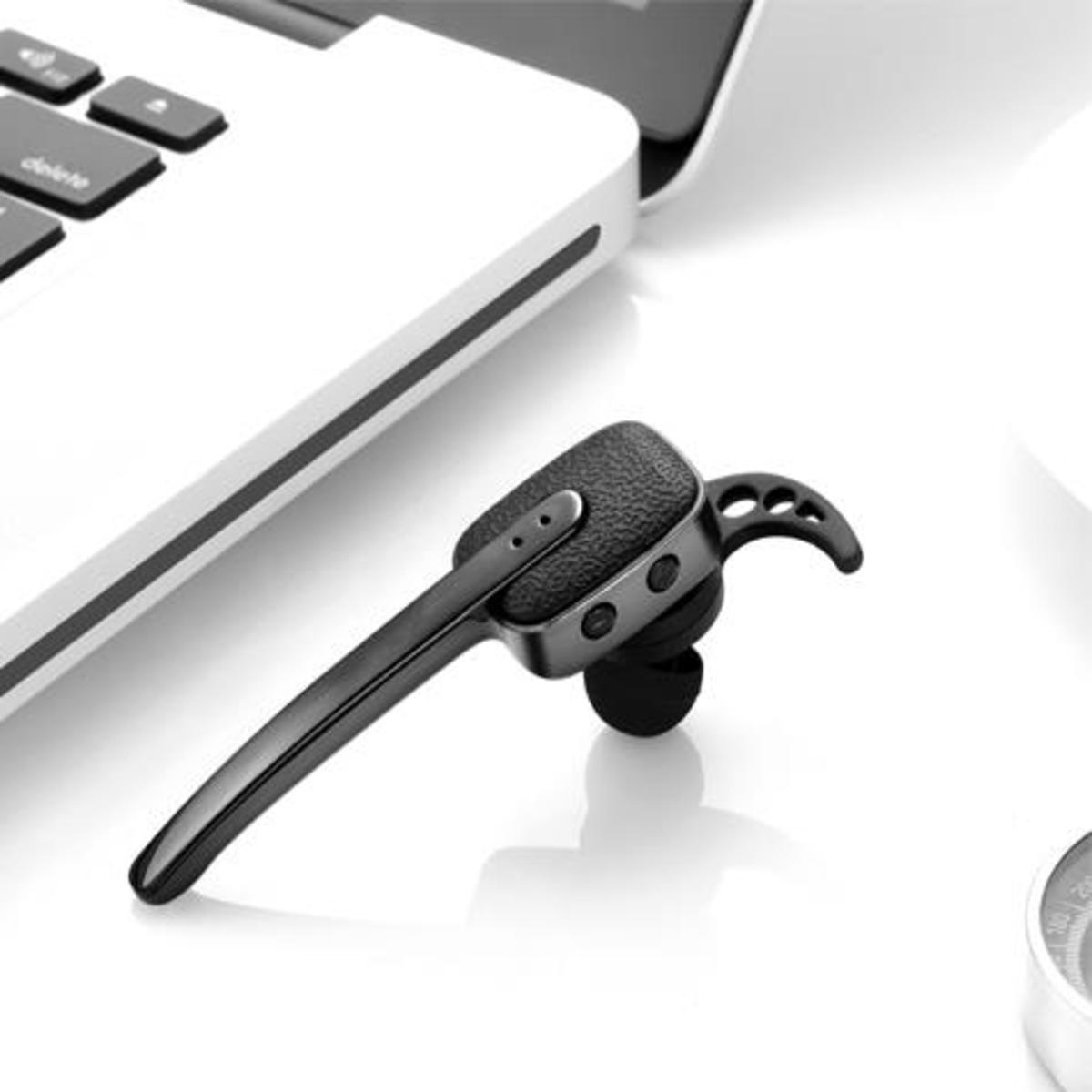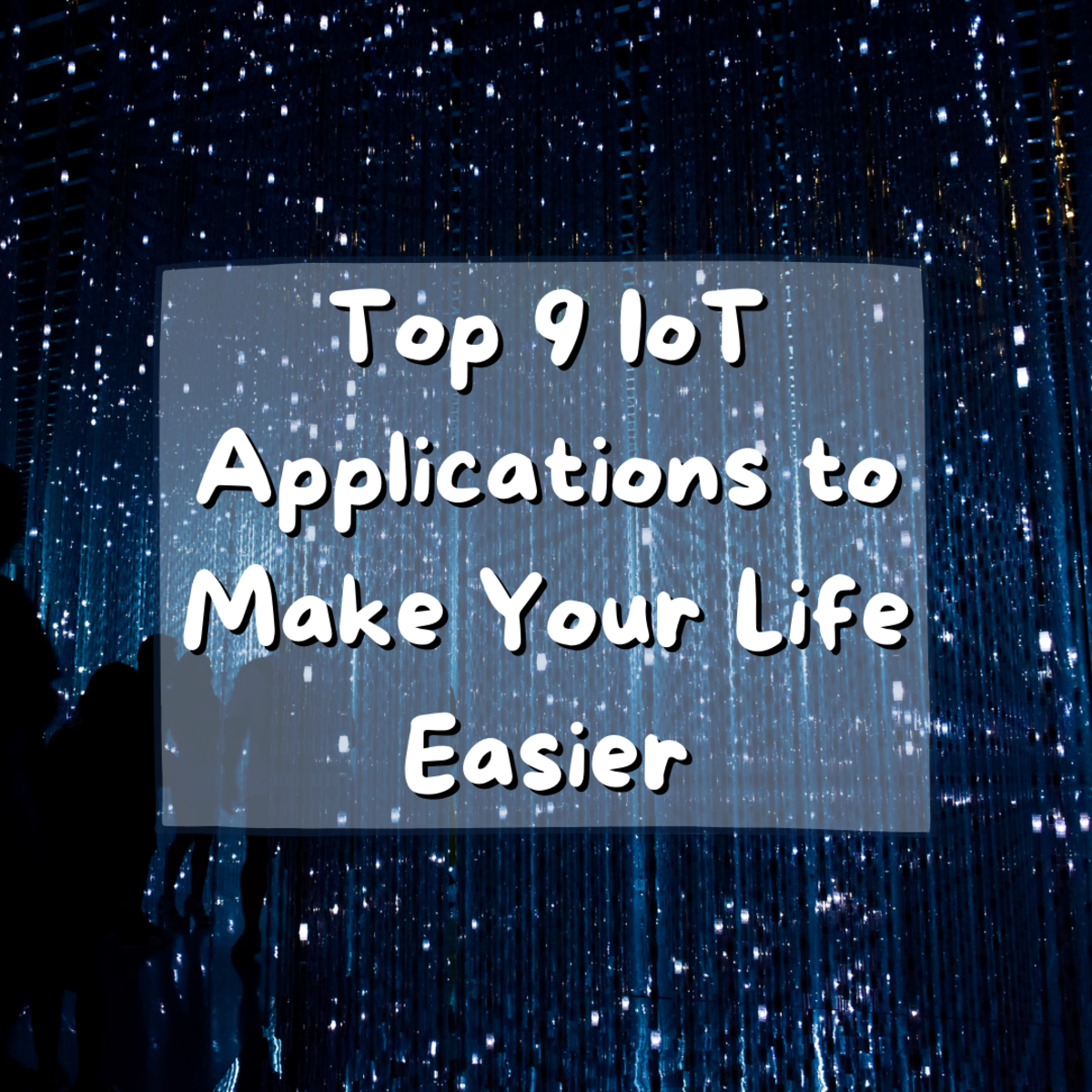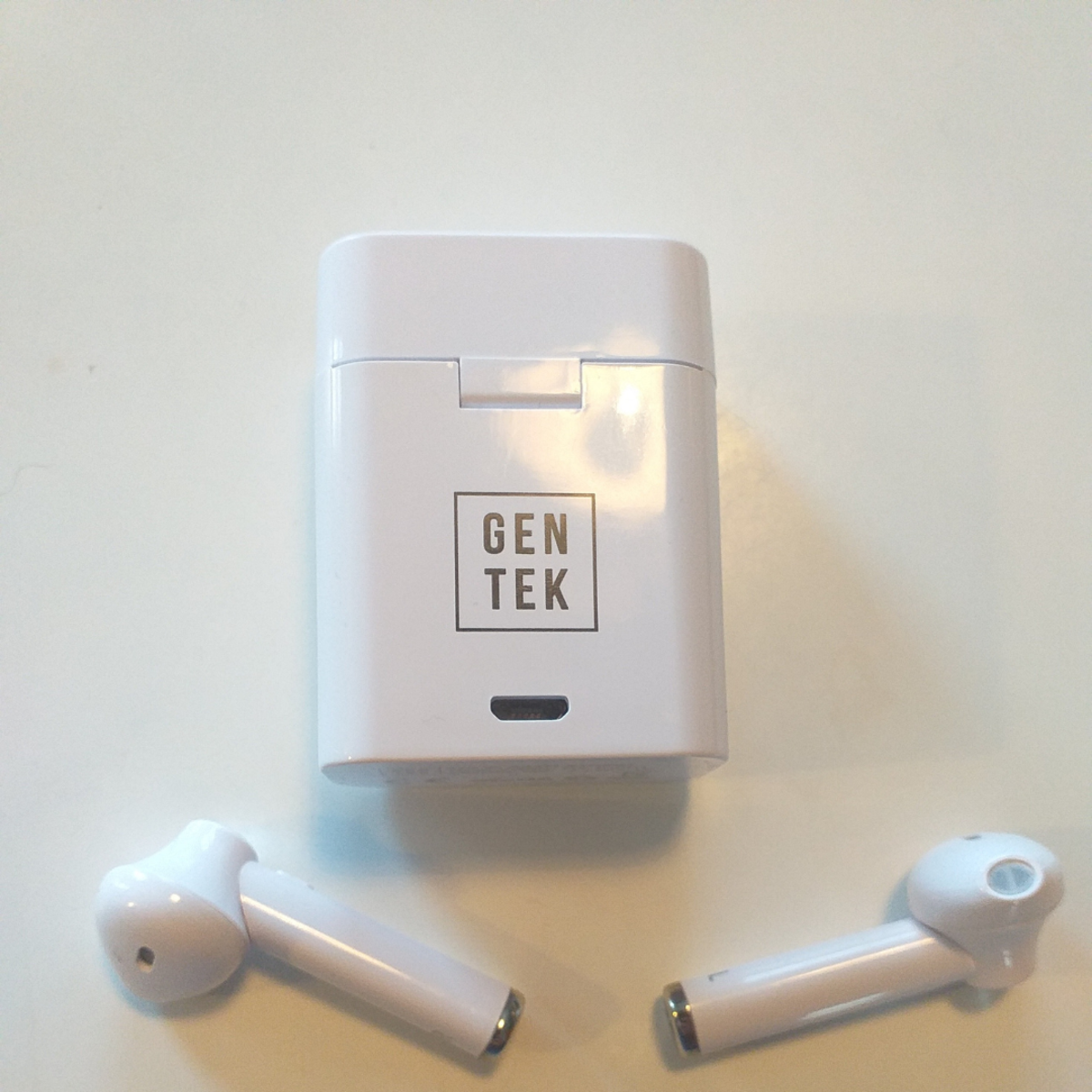Why Bluetooth Smart Is Taking Off
Introduction
Bluetooth Smart devices were less than 10% of the Bluetooth devices sold in 2012. However, this number has spiked to 50% for 2013 with the roll out of Bluetooth version 4.0, with sales continuing on the same upward trajectory. There are a number of factors driving this change and the technology's growth.

Factors Driving Demand for Bluetooth Smart
Apple is a key adopter of Bluetooth 4.0. While Apple is one of the primary drivers, the trend accelerated when Android recently embraced Bluetooth 4.0. Samsung Galaxy SIII has also adopted Bluetooth Smart Ready.
Bluetooth Smart Ready started in smart phones, laptops and tablets used primarily as mobile television screens. Bluetooth has expanded from cell phones and wireless earpieces to "wearables" like smart watches and fitness sensors. It is increasingly popular in in-car entertainment centers and remote controls.
Another factor driving the dramatic increase in the sale of Bluetooth Smart devices is its adoption as the standard for "the Internet of Things". Many manufacturers have decided to use Bluetooth Smart Sensors, because Bluetooth Smart Ready uses a fraction of the power required by comparable devices. This is important when you realize that an "Internet of Things" requires tens of billions of sensors and communication nodes in order to work.
Bluetooth’s version 4.0 requires much less power than comparable monitoring devices, a critical factor considering that the sensors necessary to enable a smart grid are not worth the effort if they consume more power than the networking of devices would save.
Impact of the Rise of Bluetooth Smart
It is estimated that there will be four billion Bluetooth devices sold every year by 2017. This means that Bluetooth sales will skyrocket. When Bluetooth enabled devices are included, this will drive the total number of Bluetooth enabled devices to up to ten billion devices a year by 2017.
Bluetooth’s proliferation into PC peripherals could lead to the elimination of wires in the home office. Printers, monitors, scanners, tablets and music players could all run off of Bluetooth connections, instead of requiring a maze of cables to communicate with each other.
The sheer market share growth of Bluetooth 4.0 is expected to drive its adoption into healthcare, especially with the adoption of Bluetooth Smart Ready tablets used to access Electronic Medical Records. For example, the technology used in fitness monitors today could lead to wireless sensors reporting patients' respiration, heart rate and blood pressure to passing nurses tomorrow. Epileptics and heart patients could be monitored via sensors that report data real-time, instead of carrying data recorders and returning to the doctor’s office to get a status report.
The widespread adoption of Bluetooth 4.0 by so many tech companies will make it the de facto standard for “the internet of things”, though such standards are still under development by the IEEE and ISO. Adoption of a standard technology will standardize the market, creating a standard that new market entrants must meet. Even future technologies that will not rely on Bluetooth 4.0 will be interoperable, simple due to its widespread use.
Conclusion
The dramatic shift to Bluetooth 4.0 will lead to the Bluetooth Smart Ready technology becoming the de facto standard in industries as diverse as infotainment and healthcare. We will see a faster rise of an Internet of Things based on a common technological platform without waiting for formal industrial standards, while Bluetooth sees a meteoric rise in sales.








